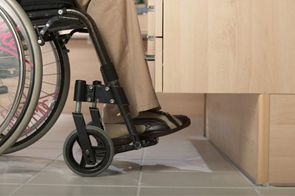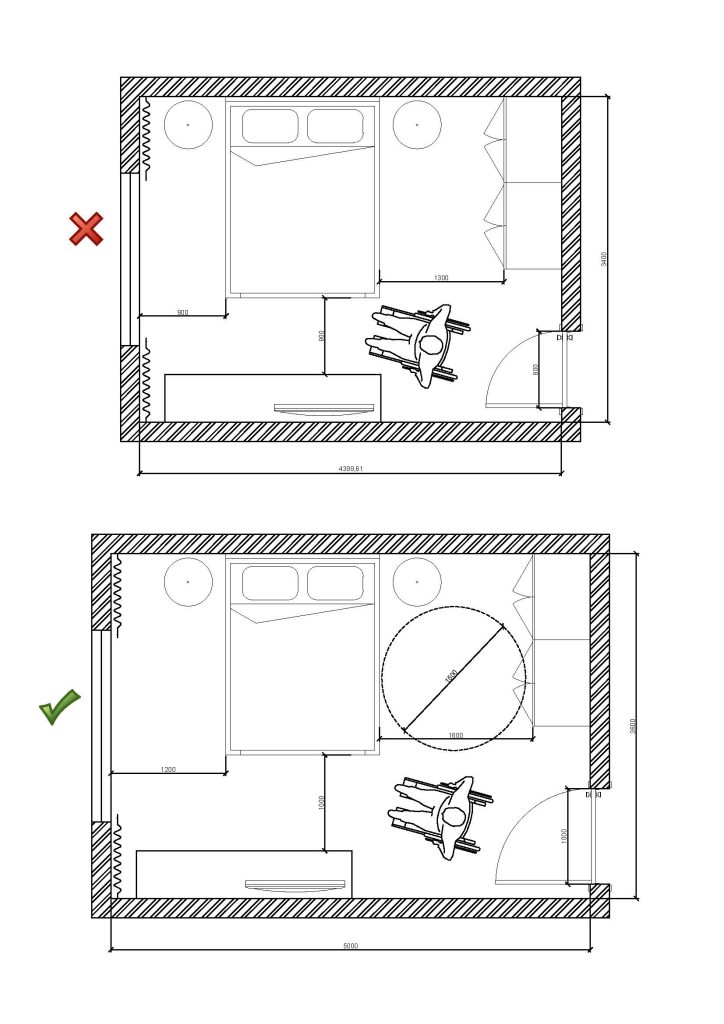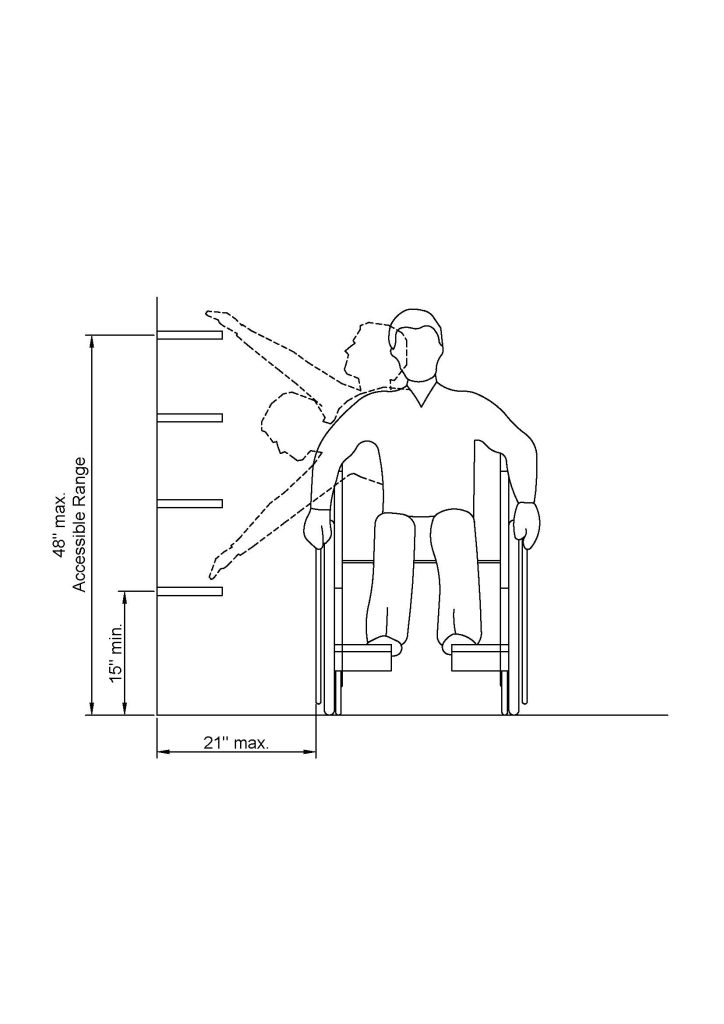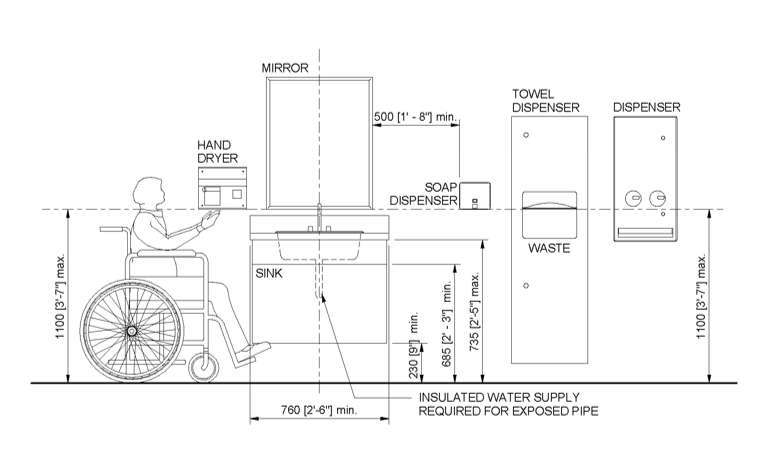“Design is not just about making things beautiful, it’s about making things accessible and functional for all.”
In the world of interior design, innovation knows no bounds. When it’s about interior design, beauty, and functionality go hand in hand. In the past, it was commonly assumed that accessible spaces should sacrifice aesthetics for functionality. However, there is a significant change in how people approach accessible designs. It is the shared responsibility of architects and interior designers to ensure the creation of inclusive spaces that cater to diverse needs and promote accessibility for all.
In this blog, we will dive into an exciting world of interior designs tailored specifically for wheelchair users, where style meets mobility, and every space is an oasis of comfort and freedom.
Welcoming Entrances
Crafting a wheelchair-friendly entrance creates a more inclusive space. By incorporating ramps, sloping pathways, and thoughtful landscaping, you create an inviting aesthetic and ensure that everyone can enter and exit comfortably, regardless of their mobility.


The reception desk should have a lowered section to allow a wheelchair user to comfortably interact with the staff. Ensure there’s sufficient clearance under the desk to accommodate the knees and footrests of a wheelchair. Provide a nearby seating area that is wheelchair-accessible, allowing guests to sit comfortably while they complete check-in or wait for assistance. This kind of design demonstrates a commitment to inclusivity and respect for the dignity of all individuals. Remember, a welcoming entrance not only reflects your consideration for individuals with specific needs but also showcases your commitment to creating an environment where everyone feels valued and embraced.
Space, Space, and Space
The first rule in crafting a wheelchair-friendly room is “SPACE”. Start by ensuring the bedroom layout with clear pathways, think of wide doors ways, a clutteredfree-floorplan, and remember your choice of furniture can make or break the accessibility of the room. Furniture that serves multiple functions is a game-changer in a wheelchair-friendly bedroom.

When choosing a bed, consider its height for easy transfer that has built-in storage drawers underneath. Multiple light sources like bedside lamps and ceiling fixtures can create an inviting ambiance. We should make sure that we install light switches at wheelchair-accessible heights.
Multilevel or Multifunctional spaces
If possible, opt for open-shelving units with adjustable shelves. This allows users to customize the height between shelves based on their storage needs as it changes over time. However, we must ensure that this kind of open-shelving unit is securely anchored to the wall to avoid accidental falls.

Barrier-Free Culinary Quarters
The kitchen is the heart of a home where culinary creativity can thrive. Kitchens that are wheelchair-friendly typically have adjustable countertops, pull-out shelves, and smart storage solutions. Wheelchair-accessible countertops should include knee space to allow for a comfortable workspace approach while seated, allowing for closer access to the countertop and sink and much more.
Universal Bathroom
The main objective of accessible bathrooms is to provide equal access to essential facilities for individuals with physical disabilities. These bathrooms should have roll-in showers, grab bars, and non-slip flooring as a top priority.

In addition, there should be accessible sinks, mirrors, and soap dispensers. Accessibility standards vary depending on the location and region.
Strategic Lighting and Color Choices
When working with inclusive interiors always keep in mind factors like color, temperature, and the placement of lighting fixtures. It is recommended to position wall art at eye level for people who are seated.
Personalization and Comfort
When designing a user’s space, it’s important to consider their personal preferences and needs. This includes incorporating comfortable seating, pillows, and accessories that reflect their style.
To sum up, Inclusive spaces are not a matter of convenience, they are crucial for ensuring that people with disabilities can maintain their dignity and feel independent wherever they go.
Within the context of this article, we have highlighted a small aspect of essential elements of designing spaces that are accessible, accommodating, and welcoming to people of all abilities and backgrounds. It guides and encourages the design industry to create an environment that reflects, respect and a commitment to inclusivity.



